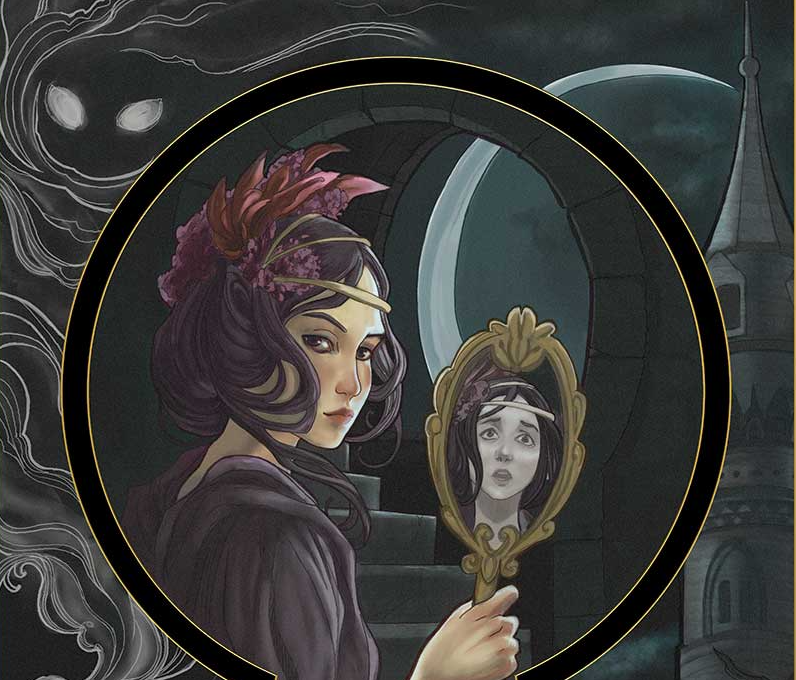The Care of Enchanted Things by Kari Kraus

Abstract:
Books mold, vases crack, factories rust, and castles crumble. But how do software interfaces show age and wear? (And why would we ever wish them to?) Drawing on a range of examples, including some of my own collaboratively authored work, I’ll offer a new design paradigm for what is variously called in the research literature “digital patina” and “computational wear”: the simulation of material traces in interactive media based on underlying usage data. Specifically, I’ll look at the application of digital patina to the products of pervasive computing--what David Rose at MIT Media Lab calls "enchanted objects." As William Hill and James Hollan have argued, physical wear can serve as a powerful organizing metaphor for computational wear. In this talk, however, I propose enchanted wear—let’s call it spectral wear--as an alternative conceptual domain from which to draw inspiration for the design of enchanted things. I consider spectral wear from several angles, including aesthetics, psychology, privacy, and surveillance. Throughout, I weave in ideas for ethically and responsibly generating spectral wear from the data shadows cast by everyday use.
Bio:
Kari Kraus is an Associate Professor in the College of Information Studies and the Department of English at the University of Maryland. Her research and teaching interests focus on new media and the digital humanities, digital preservation, game studies and design, and Human-Computer Interaction (HCI). She was a local Co-PI on two grants for preserving virtual worlds; the PI on an IMLS Digital Humanities Internship grant; and, with Derek Hansen, the Co-Principal Investigator of an NSF grant to study Alternate Reality Games (ARGs) and transmedia storytelling in the service of education and design. Her latest games for learning project—in partnership with Brigham Young University, Tinder Transmedia, and the Computer History Museum—is likewise funded by the NSF. With Min Wu and Doug Oard, she Co-PIed “Exploring Invisible Traces in Historic Recordings,” a project that applied audio forensics techniques to help recover provenance information about undated recordings. Kraus has written for the New York Times and the Huffington Post, and her work has been mentioned in a variety of venues, including The Salt Lake Tribune, The Atlantic, Baltimore Public Radio, Huffington Post, and Gamasutra. She is a member of UMD’s Human-Computer Interaction Lab (HCIL). In 2015 she entered into a Space Act Agreement with NASA.
Promotional image for The Tessera (thetessera.org). D. Hansen, K. Kraus, J. Ahn, J. Cardon, et al. (2016).